Hoehnke's place in Europe and the World
 Hoehnke is small city state between north-eastern Italy and Slovenia, located at the head of the Gulf of Trieste on the Adriatic Sea. With a population of 9,834 (2005 census figures), the name Hoehnke refers both to the capital and the Crown Principality from which it takes its name. Hoehnke flourished as a semi-autonomous part of Austria, from 1382 (the Austro-Hungarian Empire from 1867), until 1918 when as part of the Treaty of Versailles it once more regained its own independence following the collapse of the Austro-Hungarian Empire and the neighbouring city and territory of Trieste's annexation to Italy.
Hoehnke is small city state between north-eastern Italy and Slovenia, located at the head of the Gulf of Trieste on the Adriatic Sea. With a population of 9,834 (2005 census figures), the name Hoehnke refers both to the capital and the Crown Principality from which it takes its name. Hoehnke flourished as a semi-autonomous part of Austria, from 1382 (the Austro-Hungarian Empire from 1867), until 1918 when as part of the Treaty of Versailles it once more regained its own independence following the collapse of the Austro-Hungarian Empire and the neighbouring city and territory of Trieste's annexation to Italy.The economy of Hoehnke depends on the city’s port and on trade with its neighbouring regions. Throughout the Cold War Hoehnke was a peripheral city, and today, Hoehnke remains somewhat isolated, thanks partly to its mountainous borders and short coastline, just 1¾ miles or 3 kilometres. The population is an ethnic mix of the neighbouring regions; The dominant local dialect of Hoehnke is called Hoehnkva and can be written in both the Cyrillic and Roman alphabets and is most closely related to modern Bulgarian, while Slovene is spoken in several of the more rural areas to the south and east. There are also small numbers of German and Hungarian speakers, a legacy of Hoehnke's colonial past. Today Hoehnke welcomes visitors from both west and east and may be reached either by road from Trieste or by ferry into the bustling port of Royal Harbour.
An historical map showing the then much larger territory of the Principality of Hoehnke in yellow at the end of the Adriatic.
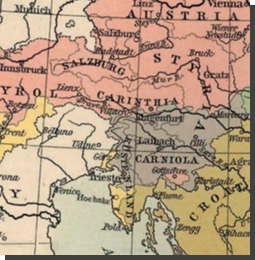

Hoehnke maintains diplomatic relations with most European nations and has established diplomatic missions in a number of European capitals, the largest and most important of which are in Bern, serving western Europe and in the Austrian capital of Vienna, serving central and eastern Europe. Smaller consular offices are also maintained in Stockholm, for Scandinavia, as well as in Paris, London and Rome.
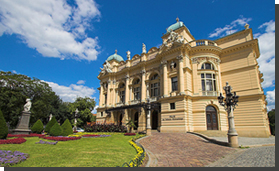


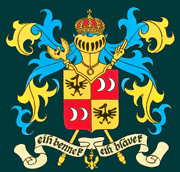
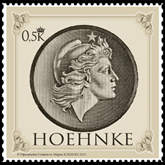

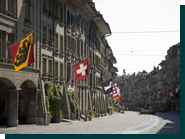

 Visit the official website of Hoehnke Tourist Office for more information about the
Visit the official website of Hoehnke Tourist Office for more information about the